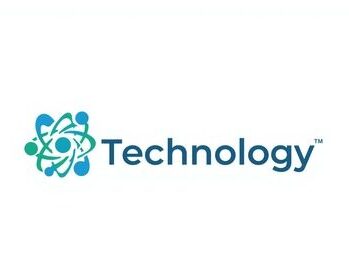The hardware industry is evolving faster than ever, driven by advancements in technology, the growth of smart devices, and the demand for faster, more efficient systems. From powerful processors and advanced storage solutions to smart home devices and cutting-edge peripherals, hardware is shaping how businesses operate and how consumers interact with technology. Whether you’re a tech enthusiast, a small business owner, or part of an IT team, understanding the latest hardware trends in 2025 is crucial to staying ahead in this dynamic industry.
Rising Demand for High-Performance Hardware
The demand for high-performance hardware continues to grow across industries. Businesses and individuals alike are seeking faster processors, better graphics capabilities, and larger storage options to meet the increasing demands of modern applications.
In the business sector, companies are investing in advanced servers and high-capacity storage systems to support cloud computing, big data, and AI-driven analytics. For consumers, gaming PCs and laptops with high-speed GPUs and powerful processors have become a standard requirement, not just for gaming but also for creative work like video editing and 3D rendering. The trend toward multitasking and high-performance computing is pushing hardware manufacturers to innovate and release more efficient and sustainable solutions.
Smart Devices and IoT Integration
The Internet of Things (IoT) continues to revolutionize the hardware market. In 2025, smart devices have become part of everyday life, from smart speakers and wearable devices to automated home systems and connected appliances.
For businesses, IoT-enabled hardware offers significant advantages. Smart sensors and monitoring devices allow real-time data collection and analysis, improving efficiency and reducing operational costs. In industrial sectors, IoT hardware plays a key role in predictive maintenance, minimizing downtime and enhancing productivity.
On the consumer side, smart hardware products like voice-controlled assistants, intelligent thermostats, and security systems are driving convenience and personalization. This growing demand encourages hardware manufacturers to focus on compatibility, seamless integration, and enhanced security to meet user expectations.
Sustainability and Energy-Efficient Hardware
As environmental concerns grow, the hardware industry is under pressure to deliver greener, more sustainable solutions. In 2025, energy-efficient hardware is no longer a niche market but a mainstream demand.
Manufacturers are developing hardware that consumes less power while maintaining high performance. From energy-efficient servers in data centers to eco-friendly components in consumer electronics, sustainability is now a key factor in hardware design. Additionally, the use of recyclable materials and modular components is making it easier to upgrade systems without discarding entire devices, reducing electronic waste.
For businesses, investing in energy-efficient hardware is not only good for the environment but also helps reduce operational costs. Similarly, consumers are increasingly choosing brands that prioritize eco-friendly solutions, making sustainability a competitive advantage in the hardware market.
The Role of AI and Automation in Hardware Development
Artificial Intelligence (AI) and automation are shaping the future of hardware development. In 2025, AI-driven technologies are being integrated into everything from processors to storage devices, making systems smarter and more adaptable.
For example, AI-enhanced chips are improving performance in areas like machine learning, cybersecurity, and data analysis. Automated hardware testing and design tools are helping manufacturers develop products faster and with fewer errors, speeding up innovation cycles.
Consumers are also benefiting from AI-driven hardware features. Smart cameras that adjust settings automatically, AI-powered gaming systems, and adaptive display technologies are becoming standard in many devices. This integration of AI not only enhances user experience but also ensures better efficiency and optimized performance.
Opportunities and Challenges in the Hardware Market
The hardware industry in 2025 offers immense opportunities but also comes with challenges. With the rapid pace of innovation, businesses must constantly upgrade systems to stay competitive. For startups and small businesses, investing in the latest hardware can be expensive, but the long-term benefits of improved performance and efficiency often outweigh the initial costs.
Cybersecurity is another growing concern. As hardware becomes more connected through IoT and cloud integration, ensuring security at both the device and network levels is critical. Manufacturers and users alike need to prioritize security updates, encrypted communication, and reliable backup solutions to protect sensitive data.
Despite these challenges, the hardware market continues to expand, with advancements in AI, IoT, and sustainable design creating new growth avenues for manufacturers, retailers, and service providers.
Final Thoughts
The hardware industry in 2025 is defined by innovation, performance, and sustainability. From high-performance processors and smart devices to energy-efficient systems and AI-driven hardware, the sector is evolving to meet the complex demands of businesses and consumers alike.
Staying updated on hardware trends allows businesses to make informed investment decisions, ensuring efficiency and long-term growth. For consumers, understanding the latest advancements helps in choosing products that offer the best value and performance.
As technology continues to evolve, one thing is clear: hardware will remain at the core of digital transformation, driving the next wave of growth and innovation across industries worldwide.

